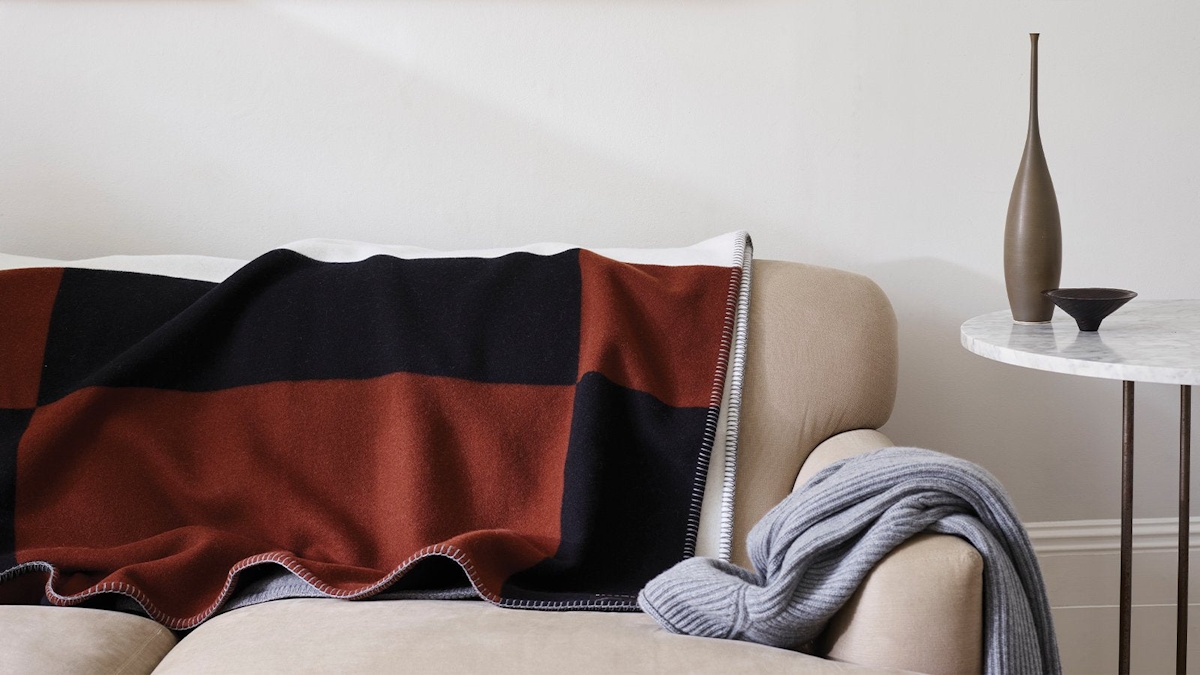It’s always wonderful to see interior design settings that have considered unusual art installations. Often it’s about working with the architecture in the space that really creates impact, such as hanging one iconic print with a dramatic frame on one wall, juxtaposed with a salon-style hang of smaller artworks framed simply, to add interest to a room and a collection. Artworks hung in stairways is a great way of using that space creatively and can create an illusion that the space is larger, as it carries the eye up the stairs. When hanging a series of artworks of the same size, such as this set of Romero prints by Quintessa, a grid formation looks fantastic. Ensure the gaps between the artwork are all equal and avoid lining the top or bottom of an artwork with door frames and furniture in the room. This may sound like a logical idea, but the result often appears awkward and unnatural.
There are some ‘don’ts’ to consider such as hanging artwork over direct heat sources like radiators and electric heaters. Fluctuations in heat and relative humidity can cause long-term damage to an artwork. Avoid installing artwork in humid conditions such as bathrooms, spaces with poor ventilation and steamy kitchen areas, as raised levels of humidity can damage artwork significantly over time as well.
Above all, it’s important to have fun and don’t be afraid to experiment. Moving your artwork around from time to time can refresh the look of a room, and allow you to appreciate your art in a new position.





